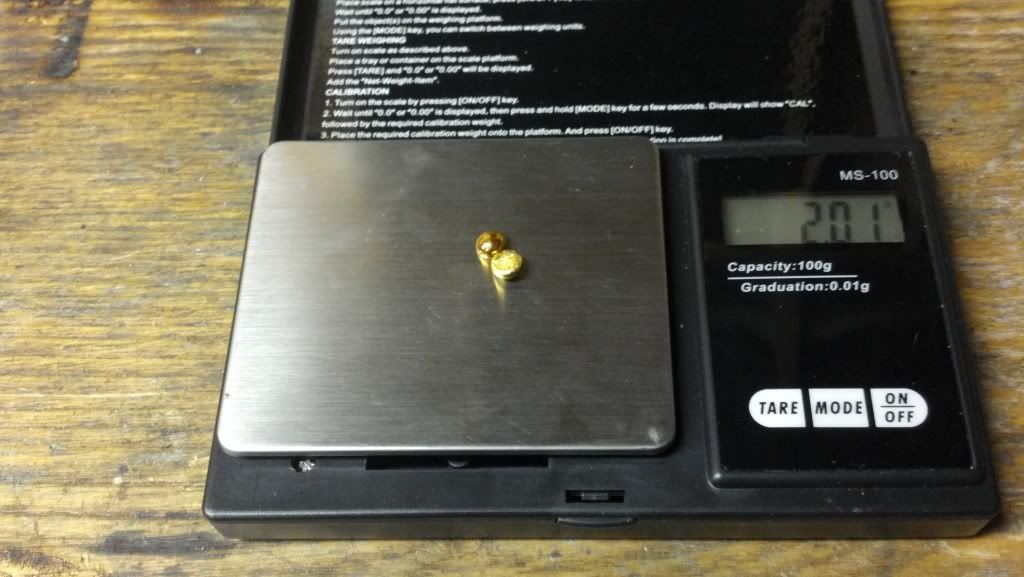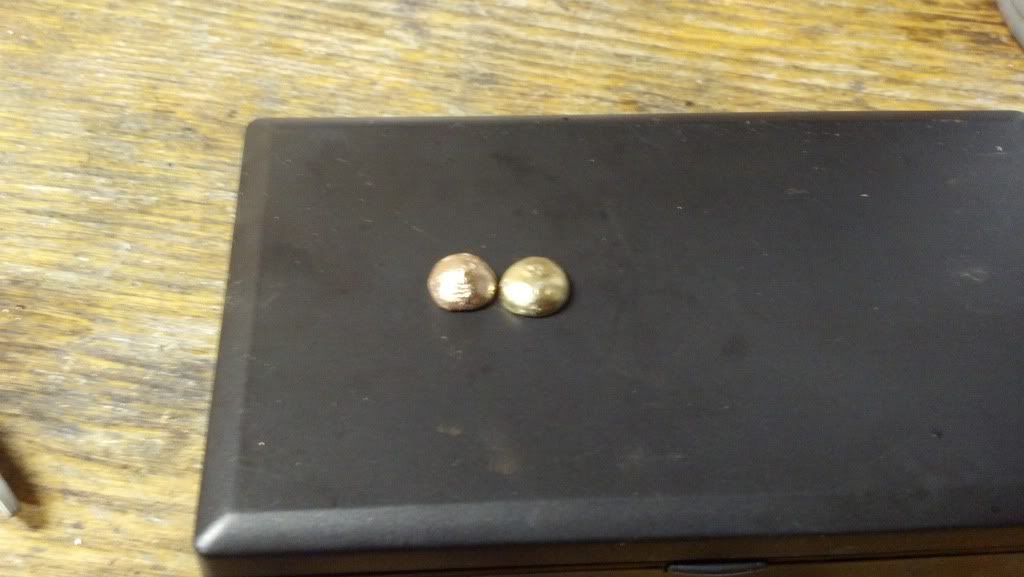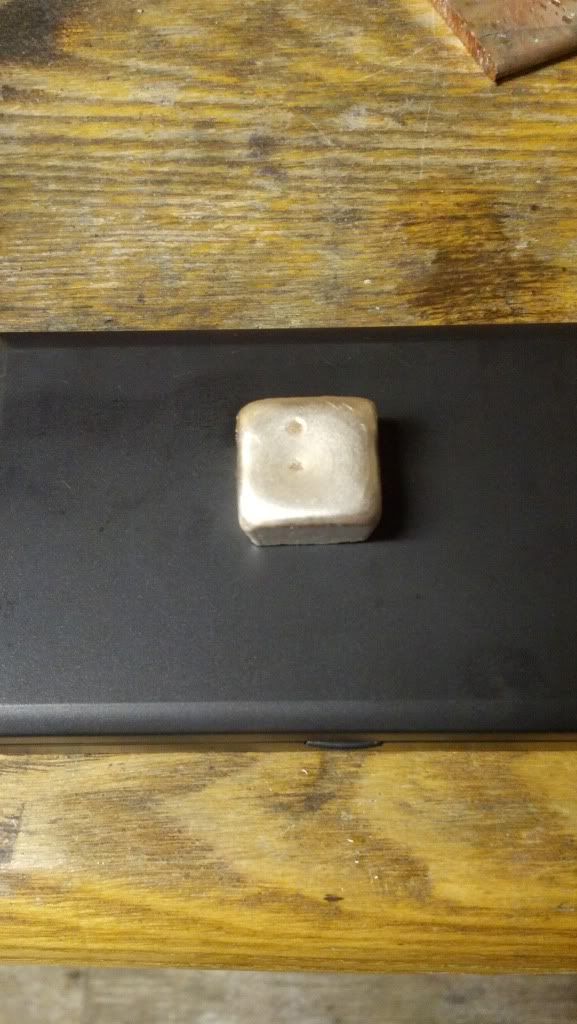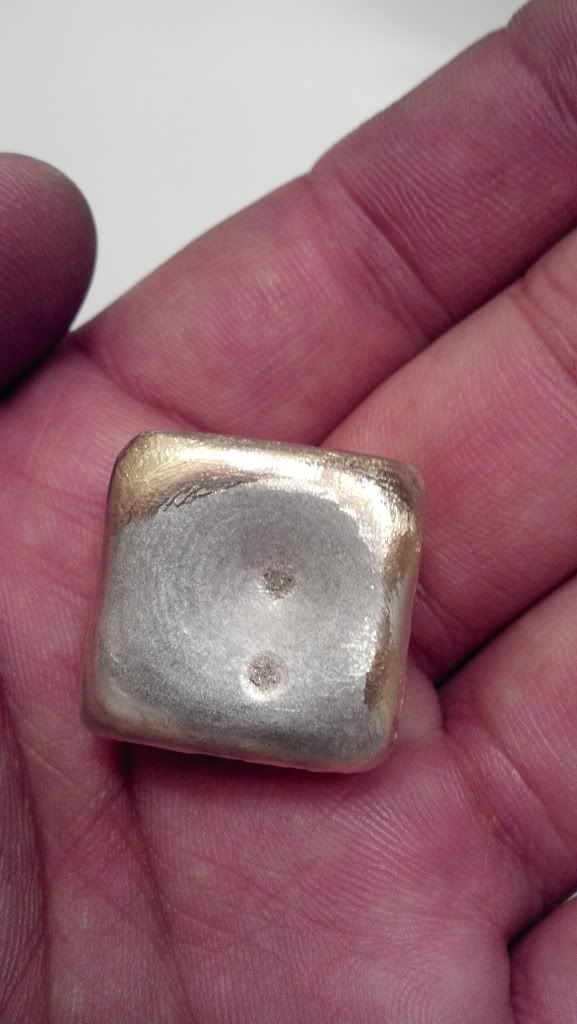goldenchild
Well-known member
- Joined
- Aug 14, 2009
- Messages
- 1,810
Can anyone tell me a typical 10k yellow gold alloy composition? I have a chain that I had xrf'd so that I could make a matching custom pendant. Both readings for each element were different by a few percentages. I'm guessing because it was calibrated for very high karat gold of course. I went ahead and got the average of the two readings and came up with 17% silver 38% copper 5% zinc and 40% gold. Not plumb but we already know this is usually the case.
After alloying the metals it was pink. A very light pink. The yellow almost showed through depending on the angle it was held in the light. I tried even adding a little more gold but it was still pink. So I decided to refine it and start over. I added silver to the alloy to inquart and I wish I would have weighed it. What resulted was the best looking cornflake I've ever made and it was almost the exact hue of gold I wanted. If I would have just added a little more silver and it came out a little more pale it would have been perfect but no longer 10k.
So anyway. I've scoured the internet looking for typical 10k yellow gold alloy compositions and the numbers are all over the place. Based on this experience I think the best formula I found was 41.7% Au, 33% Ag and 25% Cu. I'm looking for a paler yellow. If I have time later I will post a picture of the chain for reference. Thanks in advance for any help.
After alloying the metals it was pink. A very light pink. The yellow almost showed through depending on the angle it was held in the light. I tried even adding a little more gold but it was still pink. So I decided to refine it and start over. I added silver to the alloy to inquart and I wish I would have weighed it. What resulted was the best looking cornflake I've ever made and it was almost the exact hue of gold I wanted. If I would have just added a little more silver and it came out a little more pale it would have been perfect but no longer 10k.
So anyway. I've scoured the internet looking for typical 10k yellow gold alloy compositions and the numbers are all over the place. Based on this experience I think the best formula I found was 41.7% Au, 33% Ag and 25% Cu. I'm looking for a paler yellow. If I have time later I will post a picture of the chain for reference. Thanks in advance for any help.











